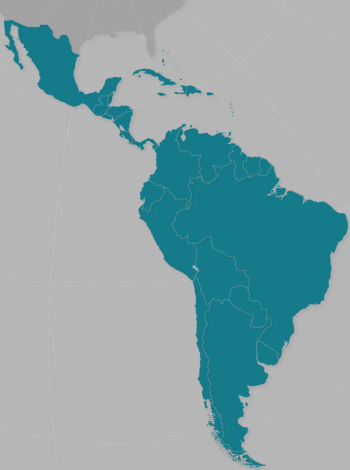

A lot of times I’ll run apt-get update / apt-get upgrade on my server and there will be no updates to install. I only reboot if there is a new kernel or something. Otherwise, I can just restart whichever services are directly impacted by the updates.
Debian Stable is a rock. Nothing ever changes. I do recommend subscribing to the debian-announce and debian-security-announce mailing lists though.






I finally beat Farewell